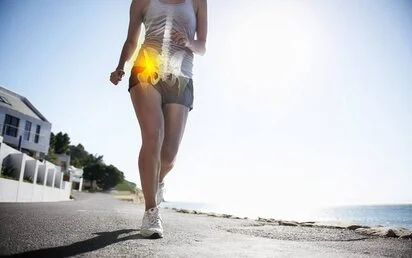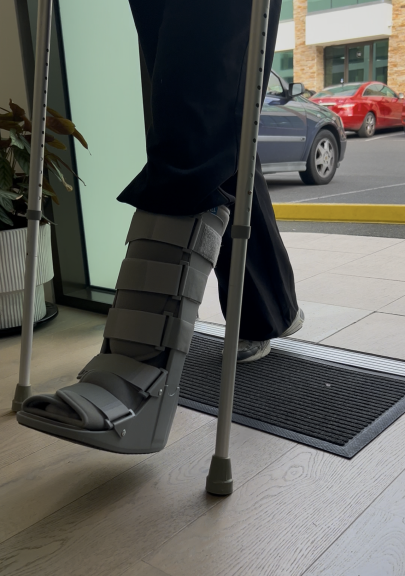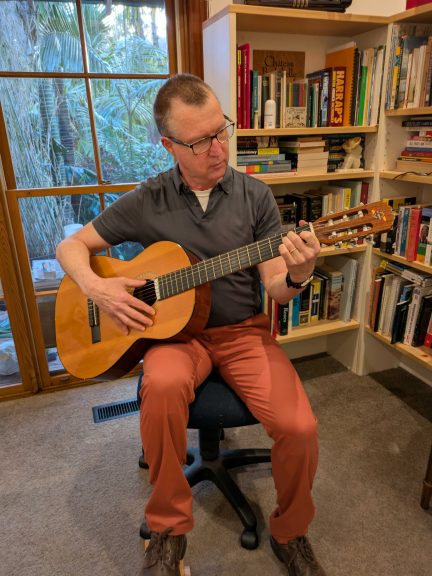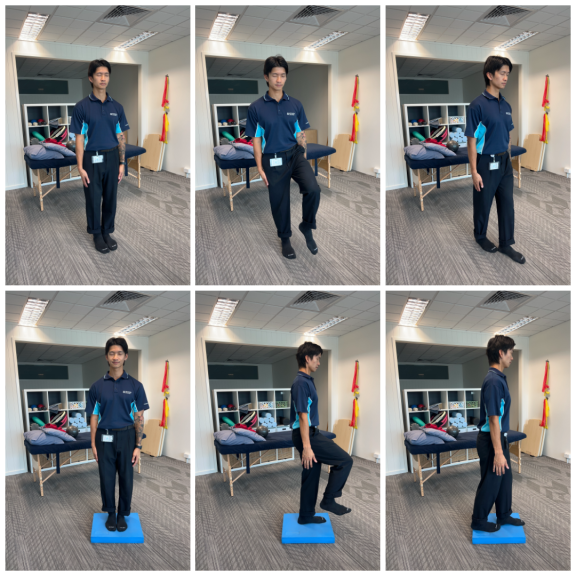Do you Suffer from Groin Pain?
Although there are many causes of groin pain one of the most common is a groin strain. This is a layman’s term for a muscle strain of the adductor muscles. A strain can be soreness from unaccustomed exercise or due to damage to the muscle structure including the bony attachment and tendon(1).
For more information on muscle injury classification systems see our earlier blog, here:https://peakmsk.com.au/blog/munich-beerhalls-and-muscles.
The muscles in your groin help bring your legs together, steady the ball in socket position of the hip joint and assist the hamstrings. The most common muscle that gets injured in a groin strain is the adductor longus(2). A groin strain usually occurs with high-speed activities such as kicking, change of direction or sprinting. This suggests poor control of you lower body dynamics. That may be a skill or sport specific issue, but usually also includes the body's motor coordination system (motor control) and retraining this is paramount to re-injury prevention.

Groin Pain - Symptoms
• Groin pain and tenderness(2)
• Pain when stretching the painful leg out to the side(2)
• Pain when bringing the leg inwards (soccer kick motion) (2)
• Difficulty standing, walking or running without groin pain(2)
Groin Pain - Treatment
After suffering a groin strain, you should immediately follow the P.E.A.C.E. protocol for the first 48 – 72 hrs which stands for protect, elevate, avoid anti-inflammatories, compression and education(3). If walking hurts, it is wise to use crutches for a day or more.
Physiotherapy management following a groin strain aims to promote tissue healing, restore movement, maintain or improve pelvic stability, restore muscle balance, prevent further injury, and aid in return to sport(4).
A graded pain-free rehabilitation program is essential in effectively healing the injured muscle and includes gentle and appropriate exercises to restore hip range of motion and strength(2). Exercise is used to remodel the healing scar tissues so that the healing fibre tears are aligned in the direction of movement. This includes reforming and improving your motor control. Click on the link below for a video demonstration on some effective exercises to commence following a groin strain.
References
1. Mueller-Wohlfahrt, H.W., Haensel, L., Mithoefer, K., Ekstrand, J., English, B., McNally, S., Orchard, J., van Dijk, C.N., Kerkhoffs, G.M., Schamasch, P. & Blottner, D. (2013). Terminology and classification of muscle injuries in sport: the Munich consensus statement. Br J Sports Med, 47(6), 342-350.
2. Thorborg K, Reiman MP, Weir A, Kemp JL, Serner A, Mosler AB, HÖlmich P. Clinical Examination, Diagnostic Imaging, and Testing of Athletes With Groin Pain: An Evidence-Based Approach to Effective Management.J Orthop Sports Phys Ther 2018;48(4):239-249.
3. Dubios, B & Esculier, J. Soft tissue injuries simply need PEACE & LOVE. BMJ. 2019:Retrieved from https://blogs.bmj.com/bjsm/2019/04/26/soft-tissue-injuries-simply-need-peace-love/
4. Haroy J, Clarsen B, Wiger EG, et al. The Adductor Strengthening Programme prevents groin problems among male football players: a cluster-randomised controlled trial. British Journal of Sports Medicine 2019;53:150-157.
2. Thorborg K, Reiman MP, Weir A, Kemp JL, Serner A, Mosler AB, HÖlmich P. Clinical Examination, Diagnostic Imaging, and Testing of Athletes With Groin Pain: An Evidence-Based Approach to Effective Management.J Orthop Sports Phys Ther 2018;48(4):239-249.
3. Dubios, B & Esculier, J. Soft tissue injuries simply need PEACE & LOVE. BMJ. 2019:Retrieved from https://blogs.bmj.com/bjsm/2019/04/26/soft-tissue-injuries-simply-need-peace-love/
4. Haroy J, Clarsen B, Wiger EG, et al. The Adductor Strengthening Programme prevents groin problems among male football players: a cluster-randomised controlled trial. British Journal of Sports Medicine 2019;53:150-157.













